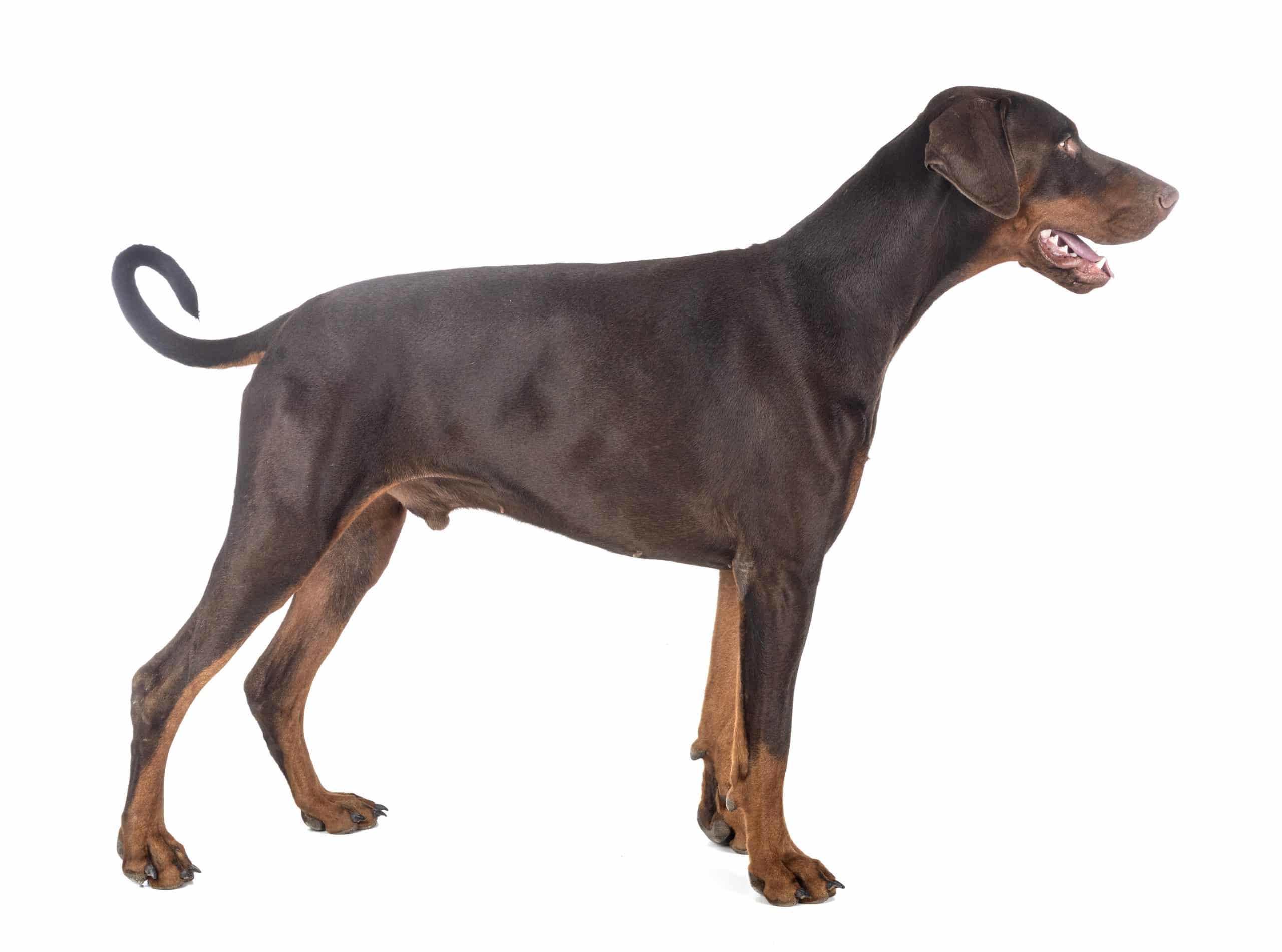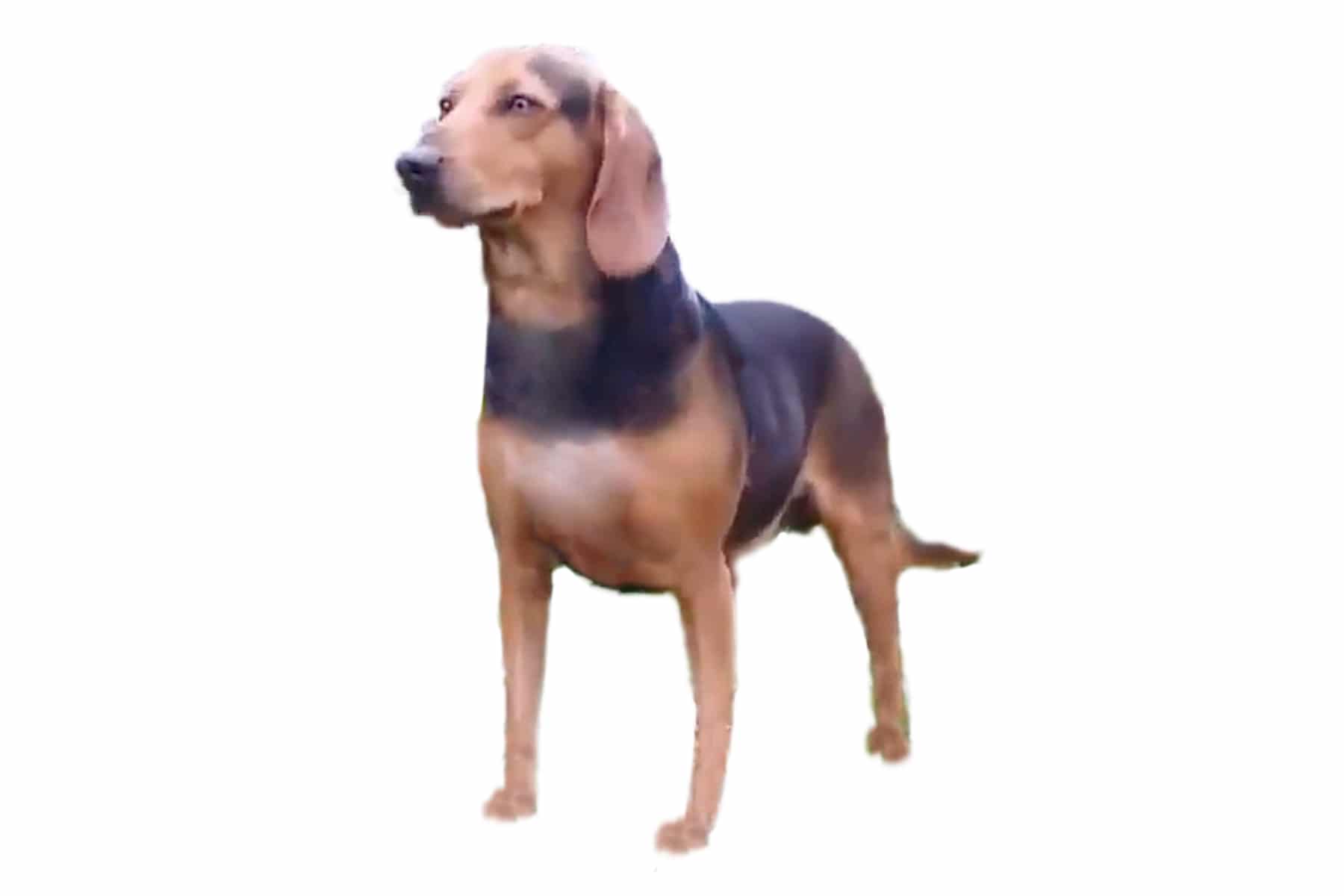Deerhound
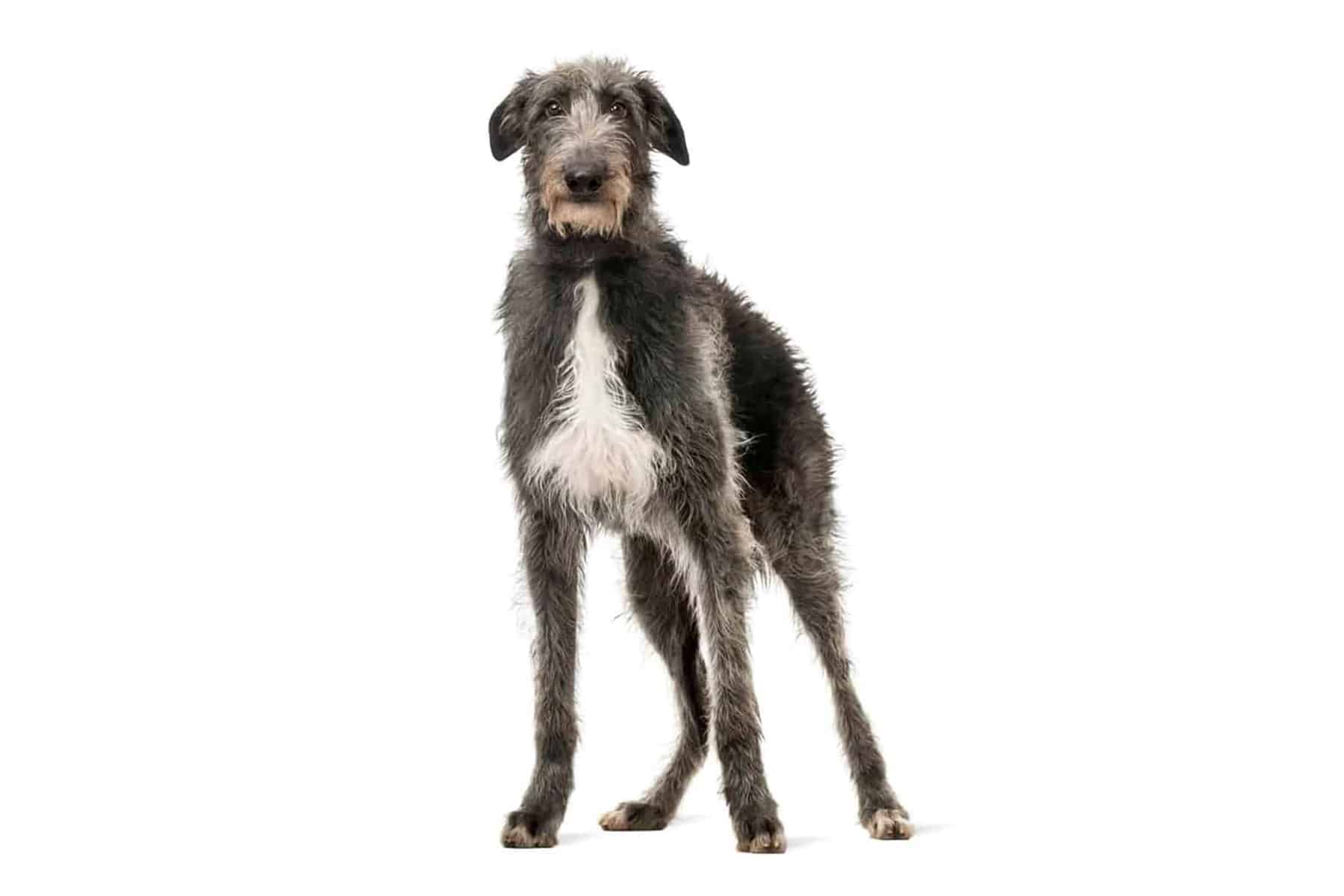
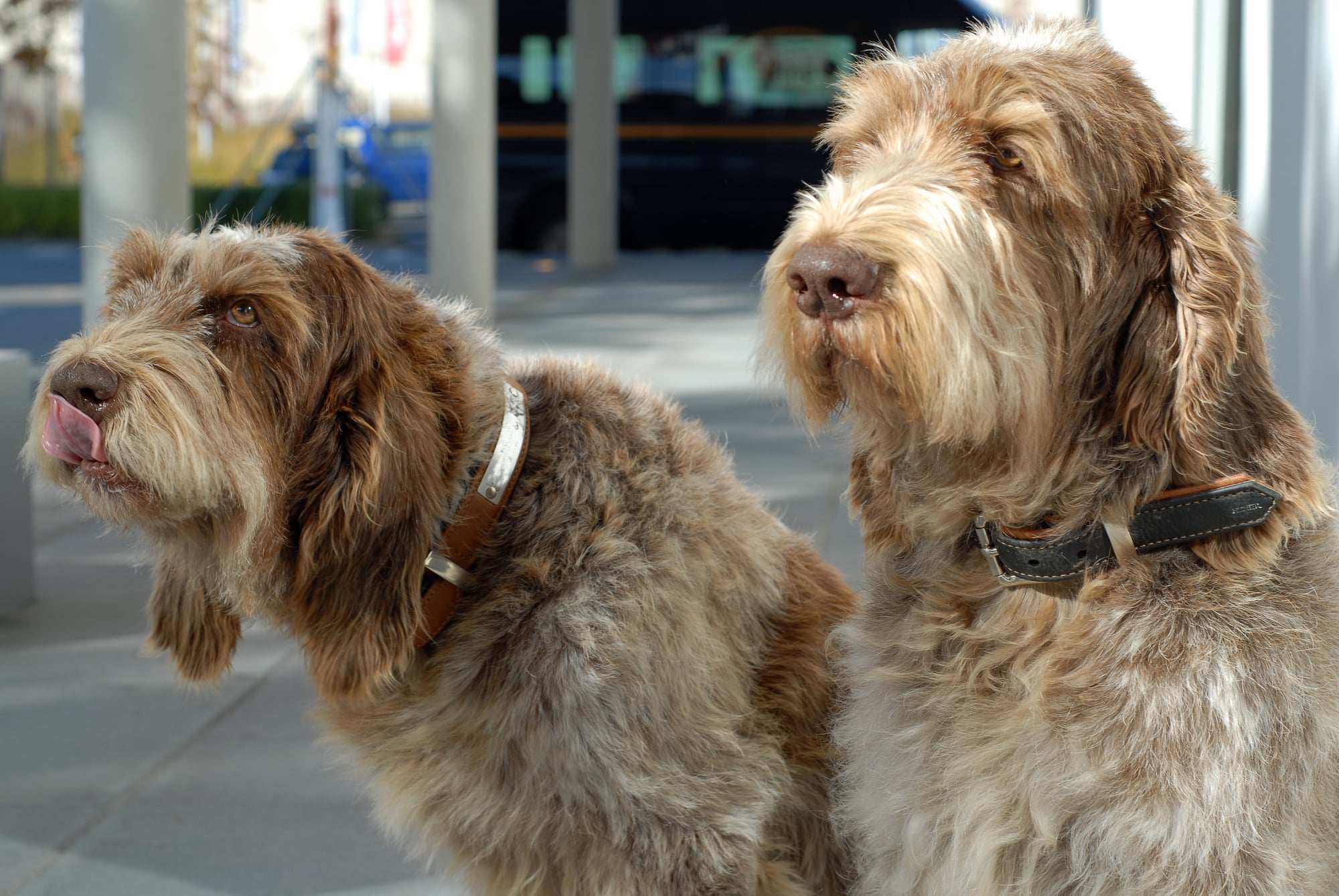
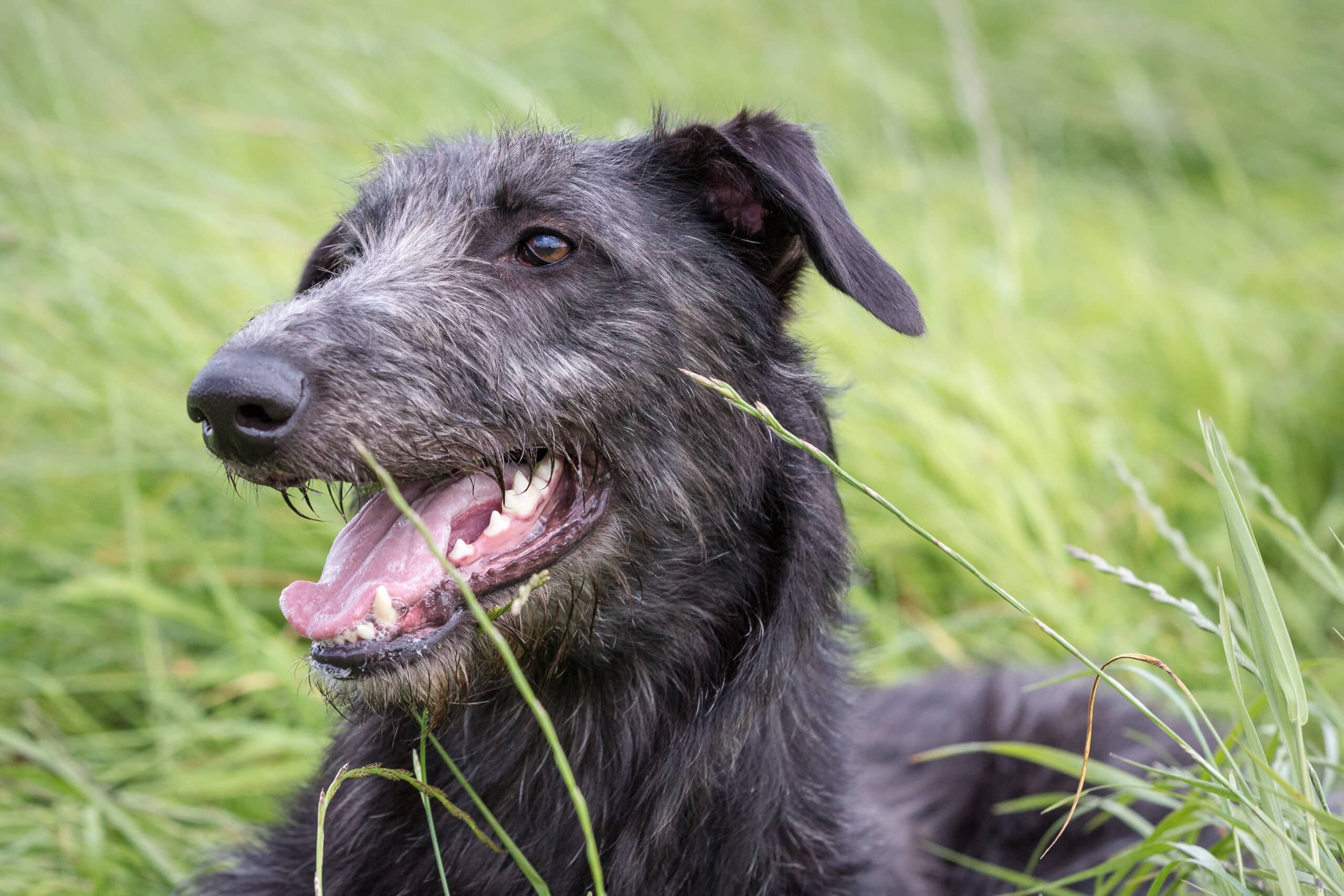
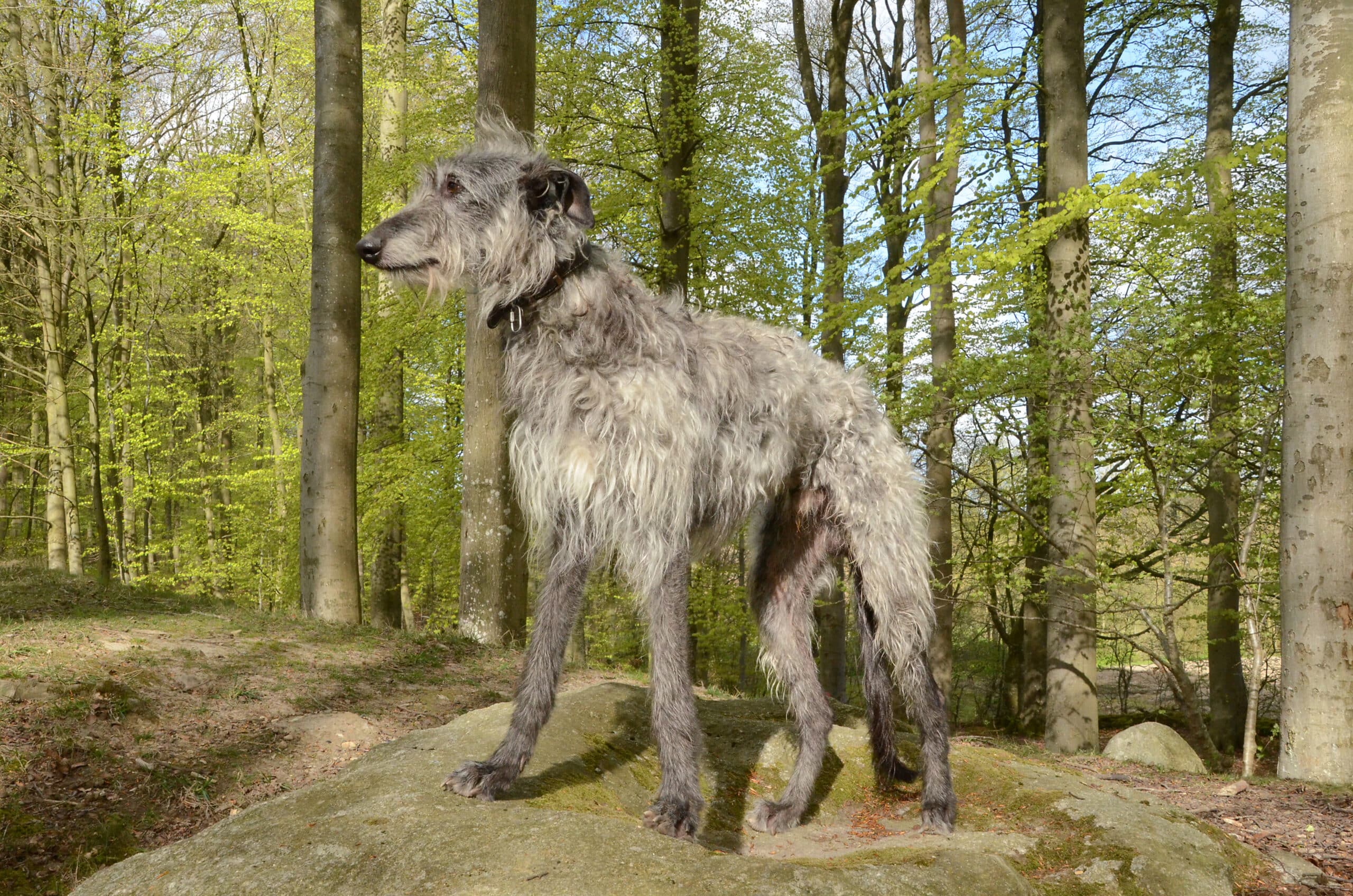
Temperament:
The intelligent Deerhound is also known as the Scottish Deerhound. It has a high degree of adaptability and empathy. Due to its proud nature, this noble British dog breed is easily offended. But usually only when it is treated unfairly.
Characteristics
The saying "hard shell, soft core" applies almost perfectly to the Deerhound as a characterization. Because of its noble appearance and behavior, it is considered an aristocrat among dogs.
This friendly and dignified dog is probably one of the oldest dog breeds in Scotland. It also belongs to the sighthound group.
His other character traits include:
His intelligence and his high level of empathy and adaptability. It is therefore not only suitable for family life with children. The Deerhound also needs direct family contact.
The Scottish Deerhound also needs a lot of exercise and food. This self-confident yet calm dog loves to run in all weathers. In the house, it behaves in a balanced, calm and well-adjusted manner.
In addition, the British dog breed can also be used as an excellent companion dog. For example, the Scottish Greyhound is well suited for riding or as a hunting dog.
The Deerhound has a life expectancy of 8 to 12 years and reaches a height of 71 (females) to 76 cm (males). This makes it one of the giants among dogs.
With a weight of 36 to 46 kg, this well-built dog weighs a considerable amount.
One of the dog's main characteristics is its striking appearance. Its dense, close-fitting and short coat gives the Deerhound a noble and graceful appearance. The colors of the shaggy coat are usually a mixture of dark and light blue-grey. However, it can also be reddish brown, golden yellow or chocolate brown.
Other features are the black ears and legs as well as the black mask.
The tail, which is also black, is long and fully furred. It reaches almost to the ground, whereby the hair becomes thinner and thinner as it grows.
The ears themselves are rather small, but set higher and folded backwards. This type of ear is also called rose ears. When the Deerhound is excited, it raises them above its head.
Coat care:
Shedding:
Energy level:
Trainability:
Children suitable:
The right food
When selecting the food, make sure it contains high-quality ingredients and has a balanced composition. Age, weight and activity play a decisive role in the choice of food and the amount of food. You can follow the manufacturer's recommendations for the amount of food.
Puppies should receive 4-6 meals per day. The number of meals can be gradually reduced to 2 until the puppy is fully grown.
Treats in moderate quantities help as a reward during training. The quantities should be deducted from the basic food.
Health & Care
In contrast to many other long-haired dog breeds, occasional combing is sufficient for the Deerhound.
It should only be bathed when absolutely necessary. A mild shampoo for dogs can be used for this purpose. Otherwise, it is sufficient to brush out dirt and grime or wipe it off with a damp cloth.
Ears, eyes and teeth need to be cleaned regularly. It's best to start doing this as a puppy so that he gets used to it more easily and it becomes a ritual that, among other things, strengthens the bond between you.
If the claws do not wear off by themselves, they should be trimmed regularly.
Your dog needs consistent but loving training. Above all, the innate hunting instinct should be stopped early on.
Please also remember regular visits to the vet as well as tick and flea protection. Vaccinations and worming treatments are also necessary.
Suitable accessories
Every dog's basic equipment includes a collar or harness with a lead, a dog basket or mat as a place to retreat to, water and food bowls, a transport box for the car, tick tweezers and claw clippers, mild shampoo and a comb or brush.
Your pet will particularly enjoy agility equipment. For example, you can use tires, tunnels, bridges or seesaws.
But he also loves throwing toys for a good romp.
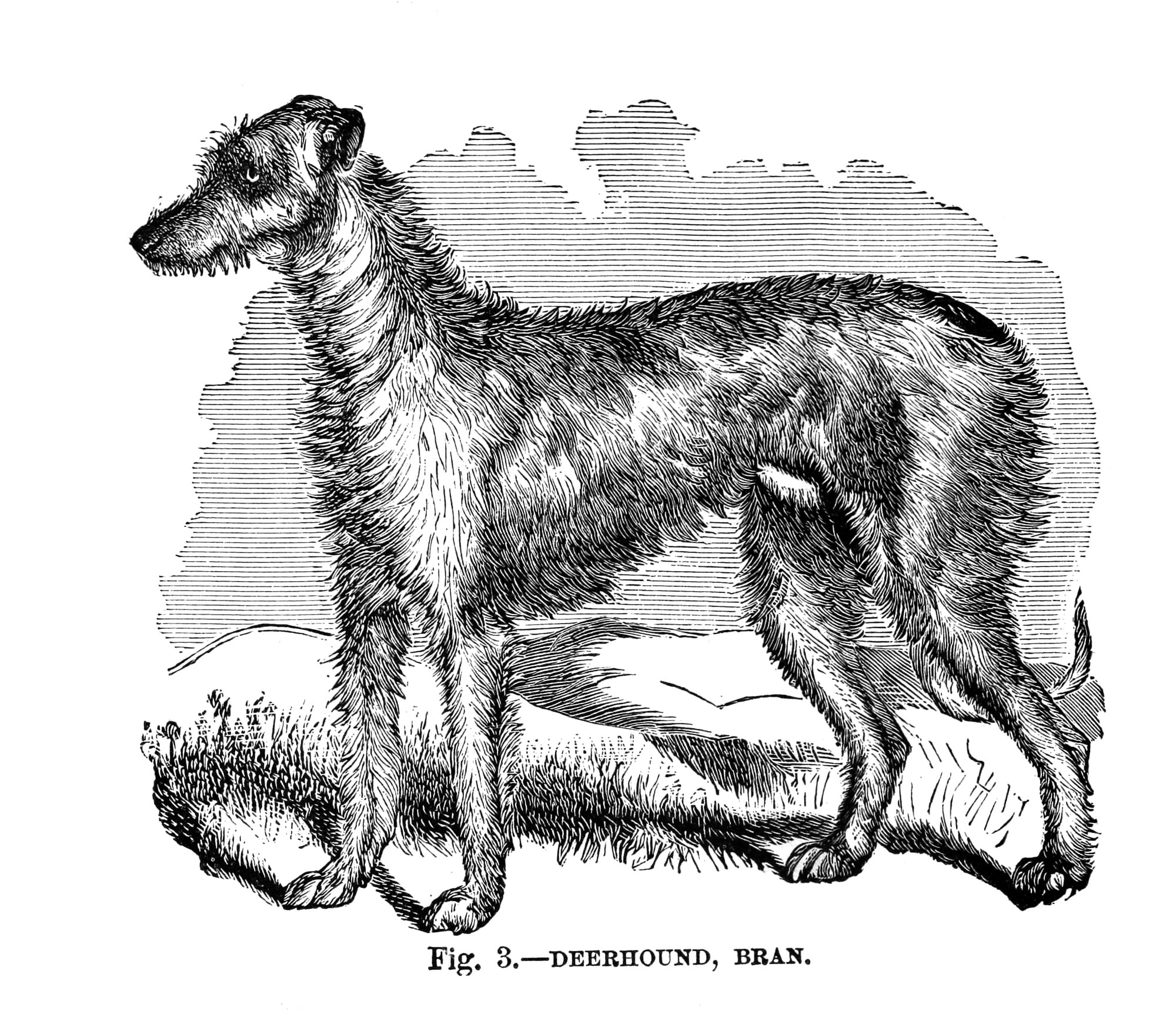
Origin & History
Like Irish Wolfhounds, Deerhounds belong to the Celtic sighthound family. The breed name Deerhound is made up of two words. The word "deer", which means stag in Scottish, and "hound" = dog.
How did the name come about?
In the past, the Deerhound was used by Scottish clans for deer hunting. The dogs usually chased the game in pairs. The faster of the two would drive the deer. The larger and heavier one then pulled the stag to the ground. The deer was pinned down until the hunter arrived.
Unfortunately, the stag hunt was not without danger for the greyhounds. And so some of the deerhounds lost their lives. When firearms came along later, the Scottish Deerhound lost its purpose.
In the Middle Ages, the British dog was kept by the Scottish nobility as a status symbol.
By 1830, the Deerhound was almost extinct. Fortunately, two brothers took on the Highland breed. They bred the Clonsay line from the best remaining specimens.
In 1886, not only was the breed standard established. The British Deerhound Club was also founded.
